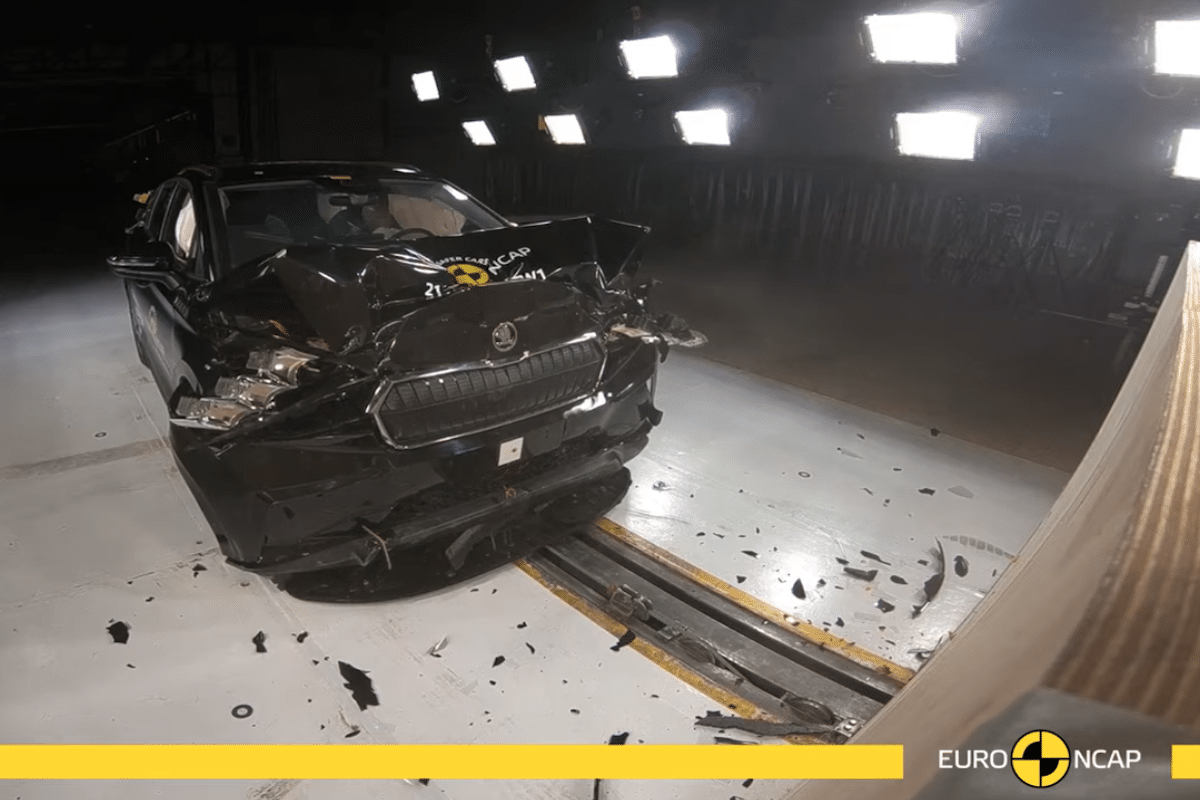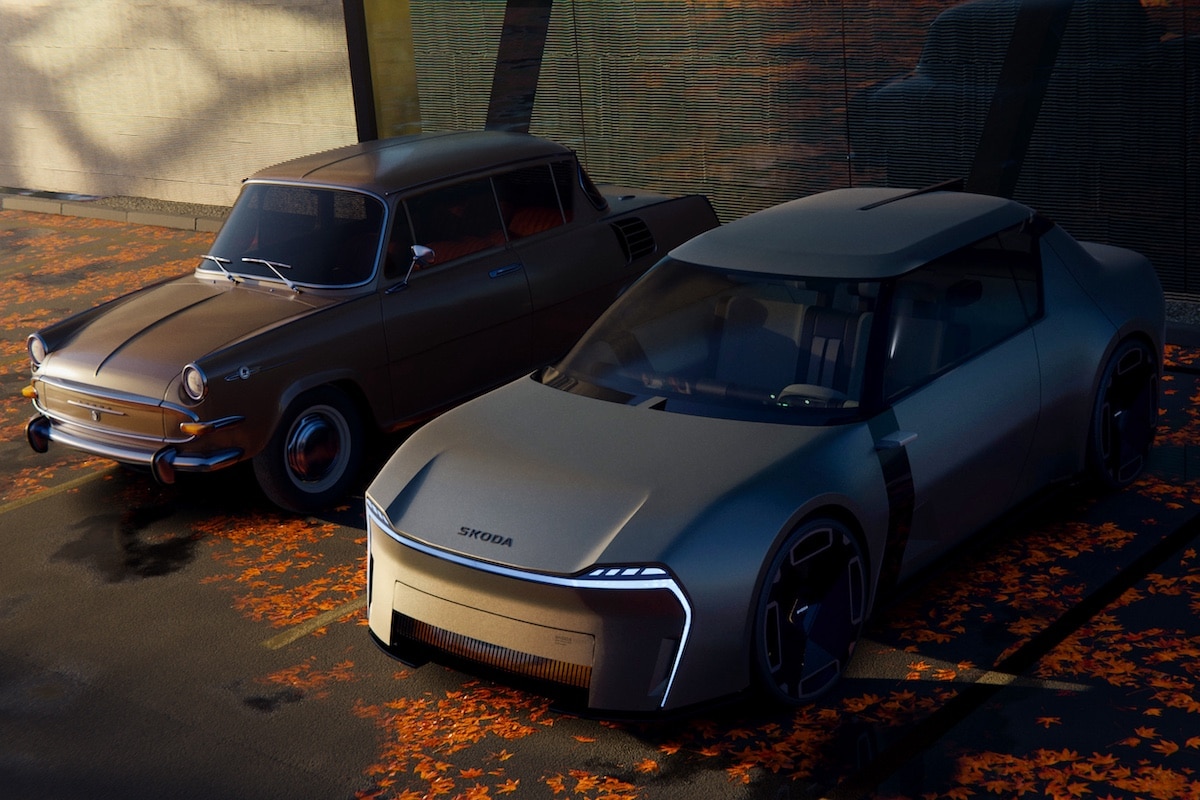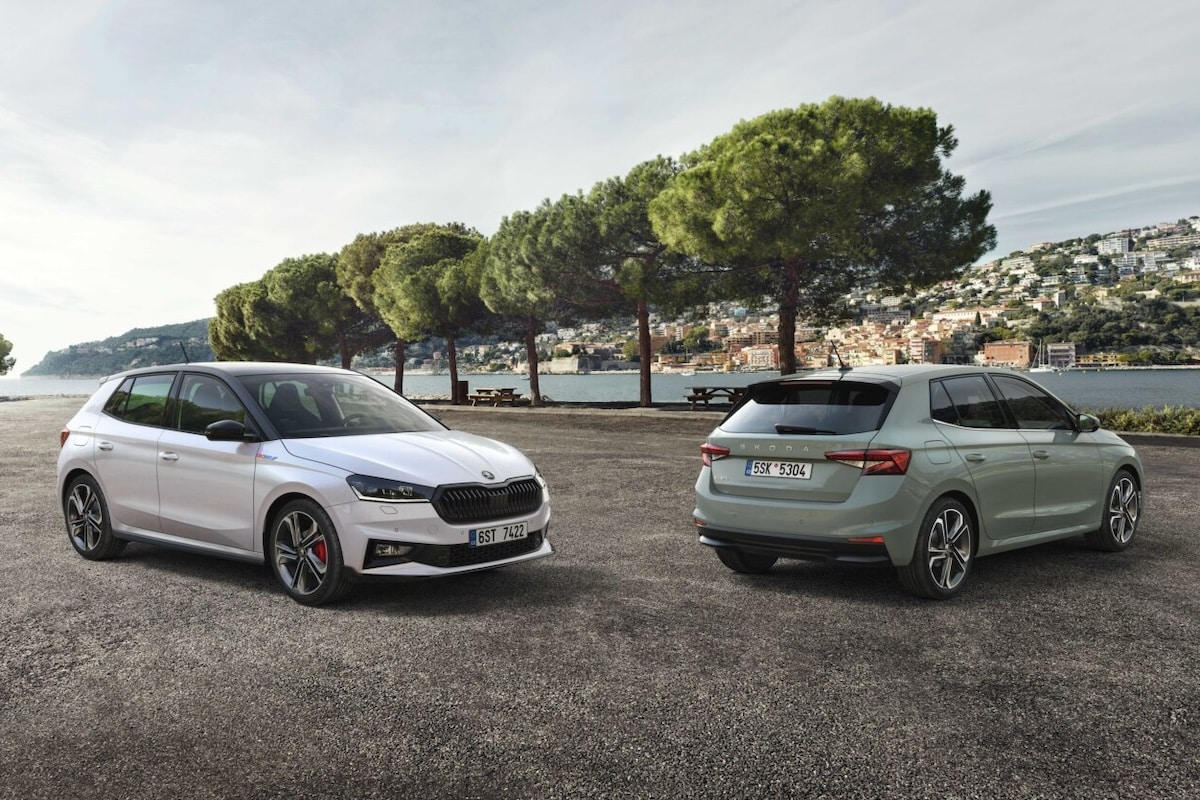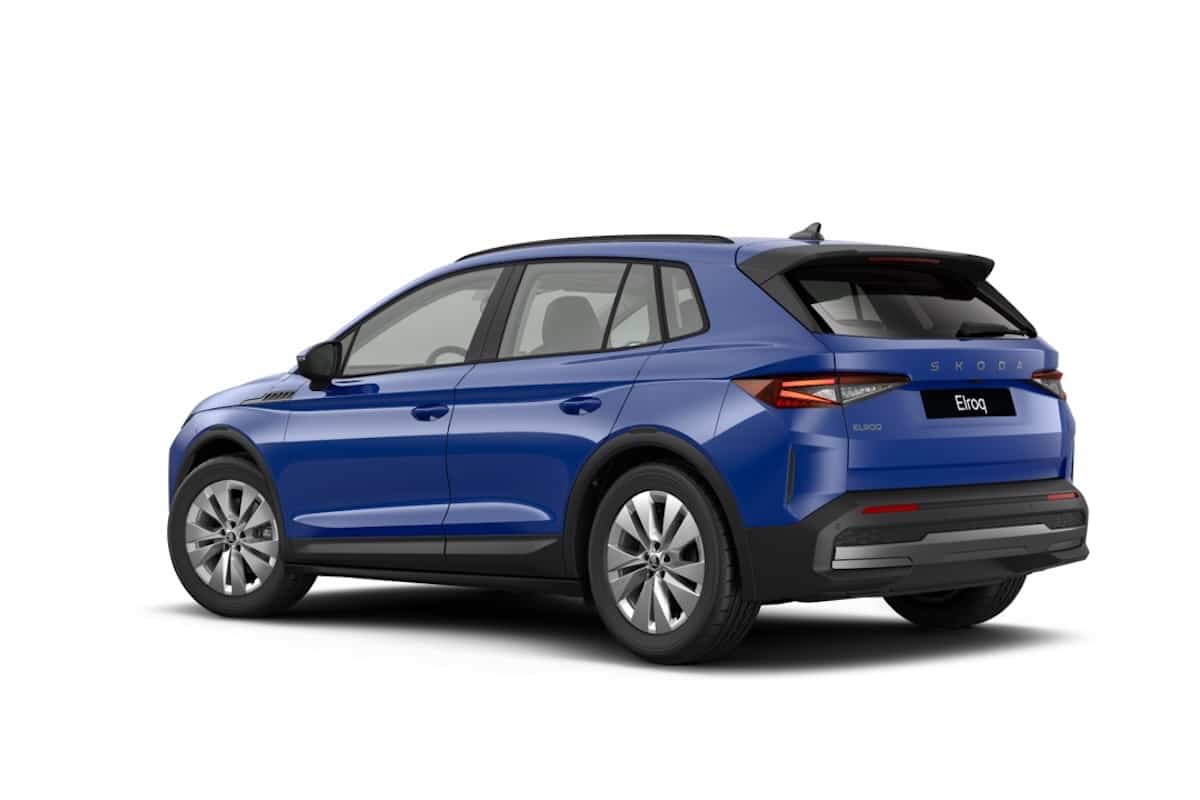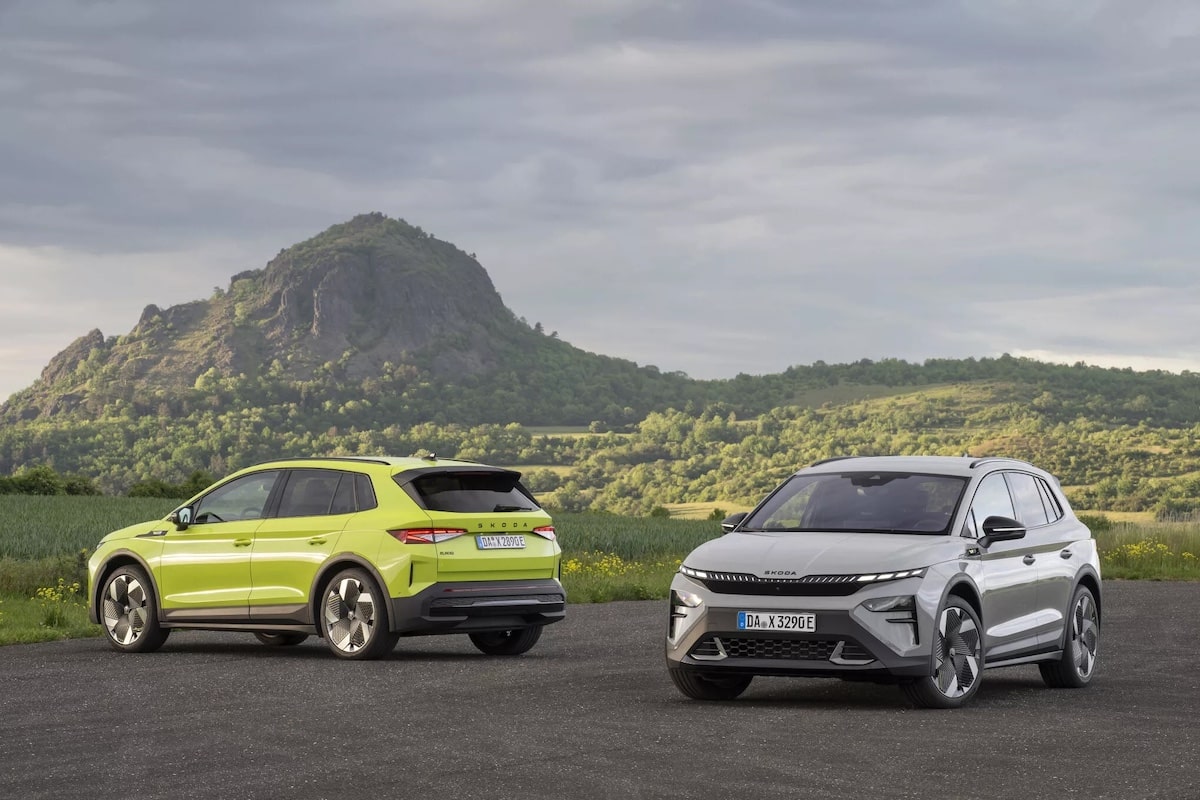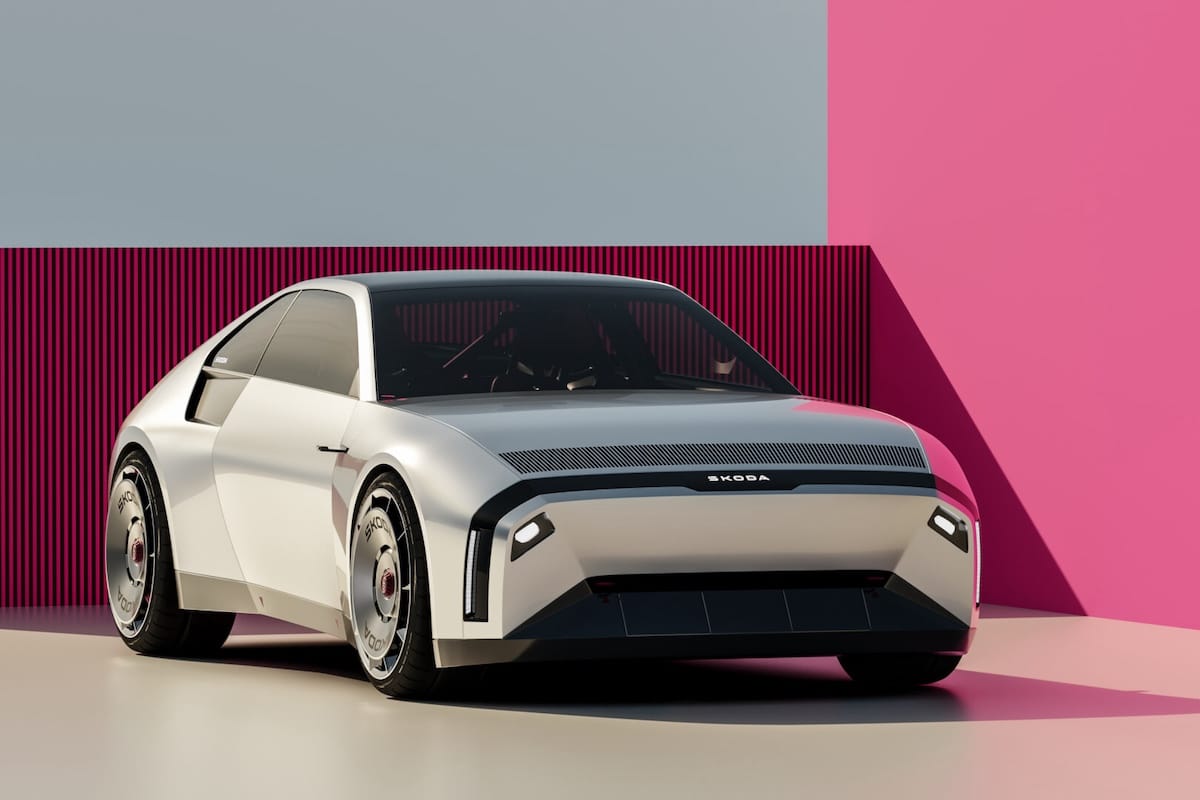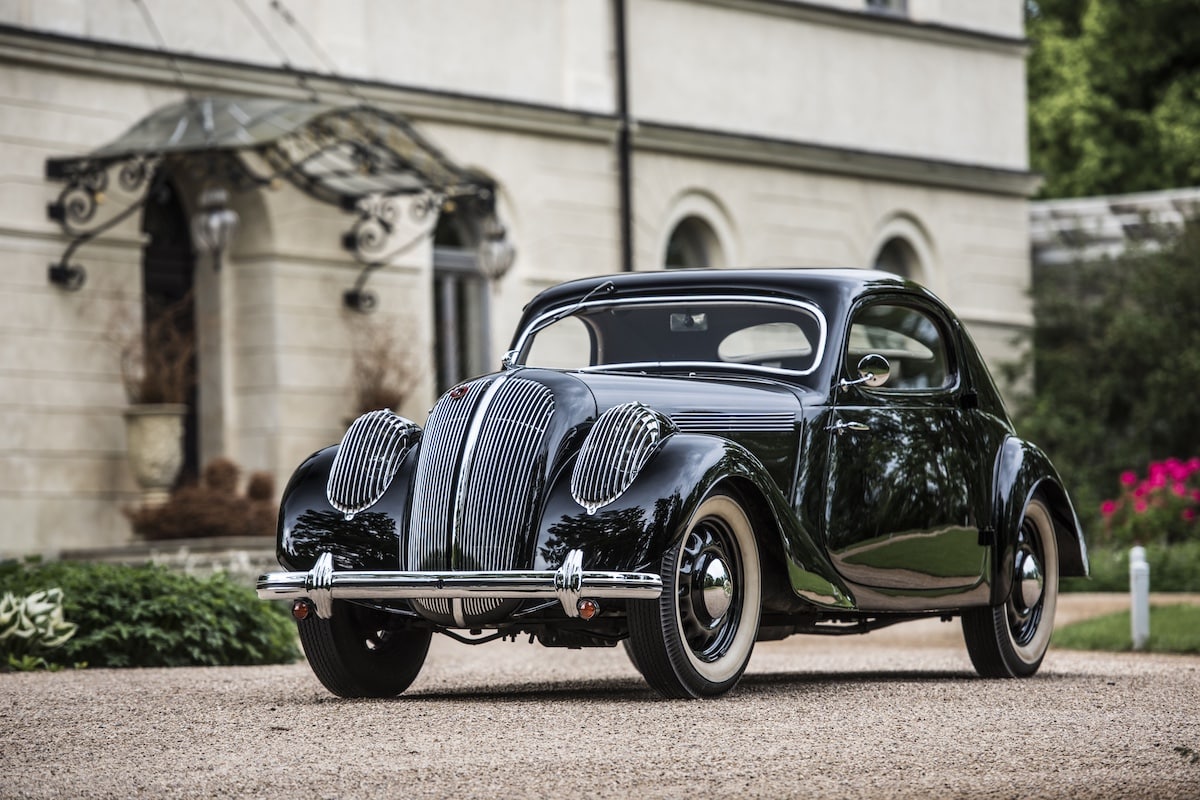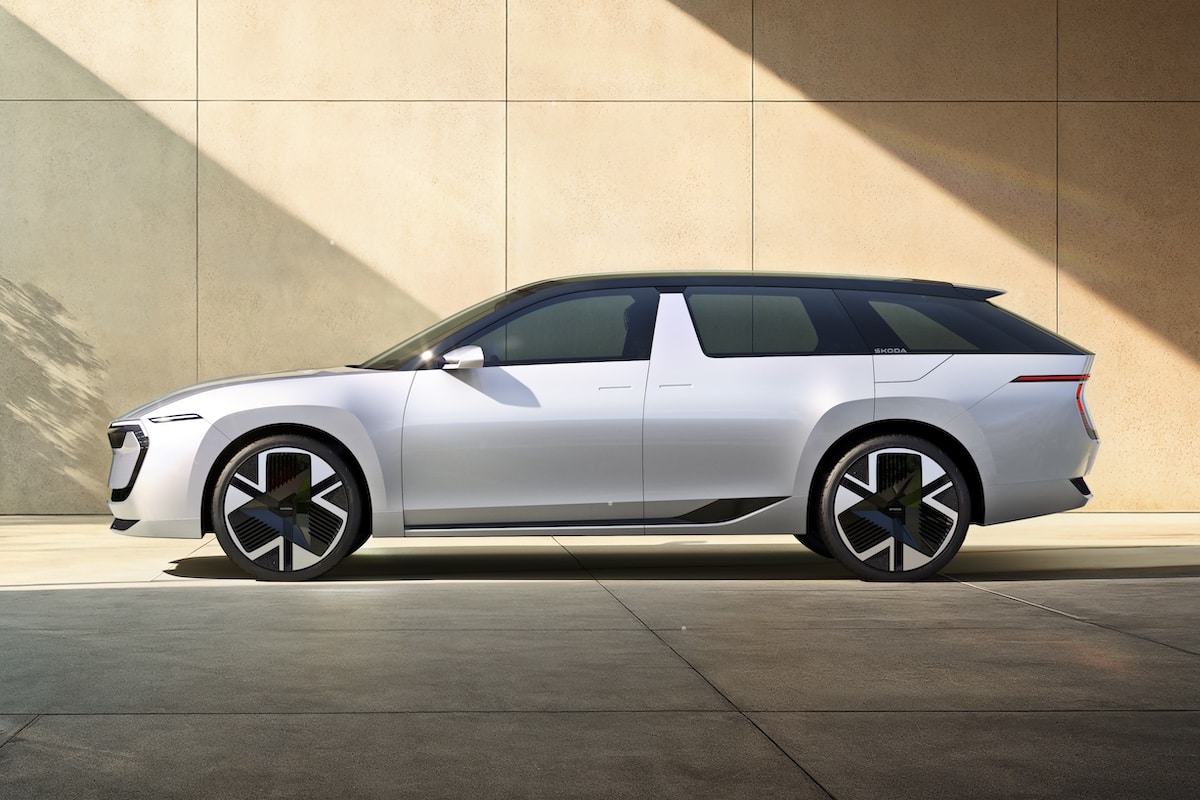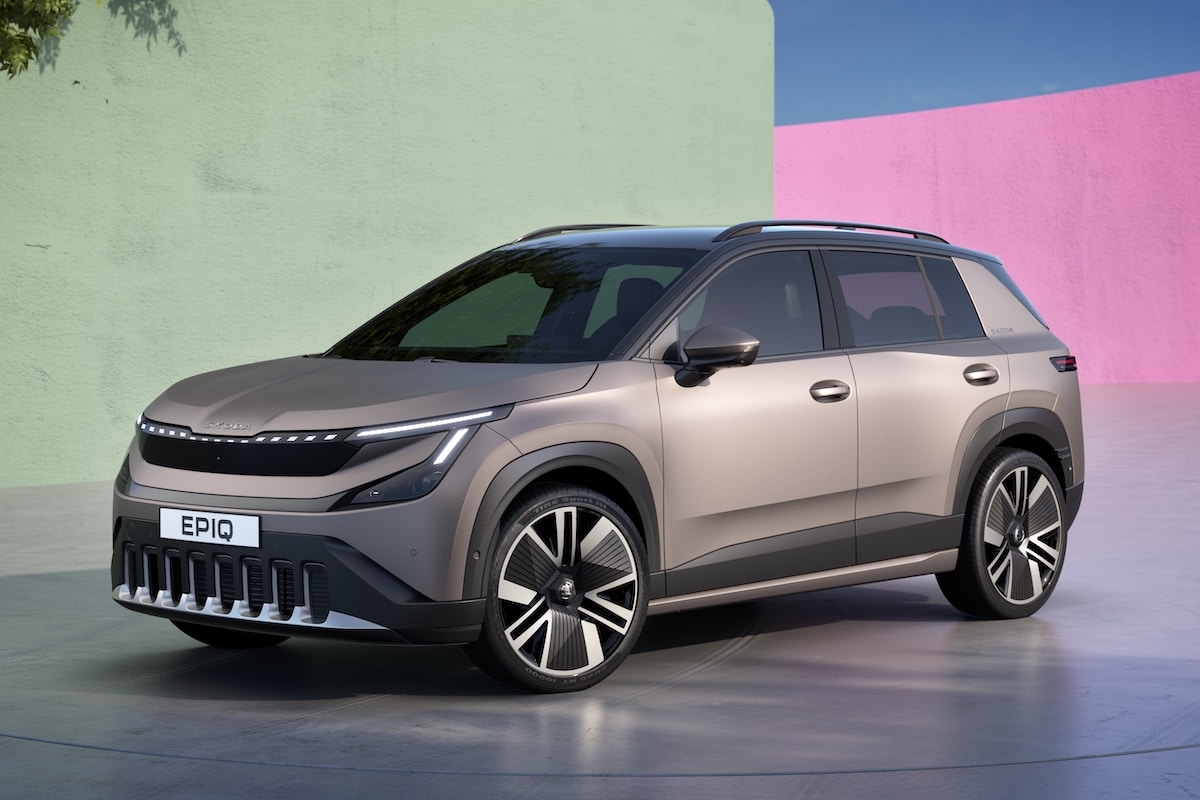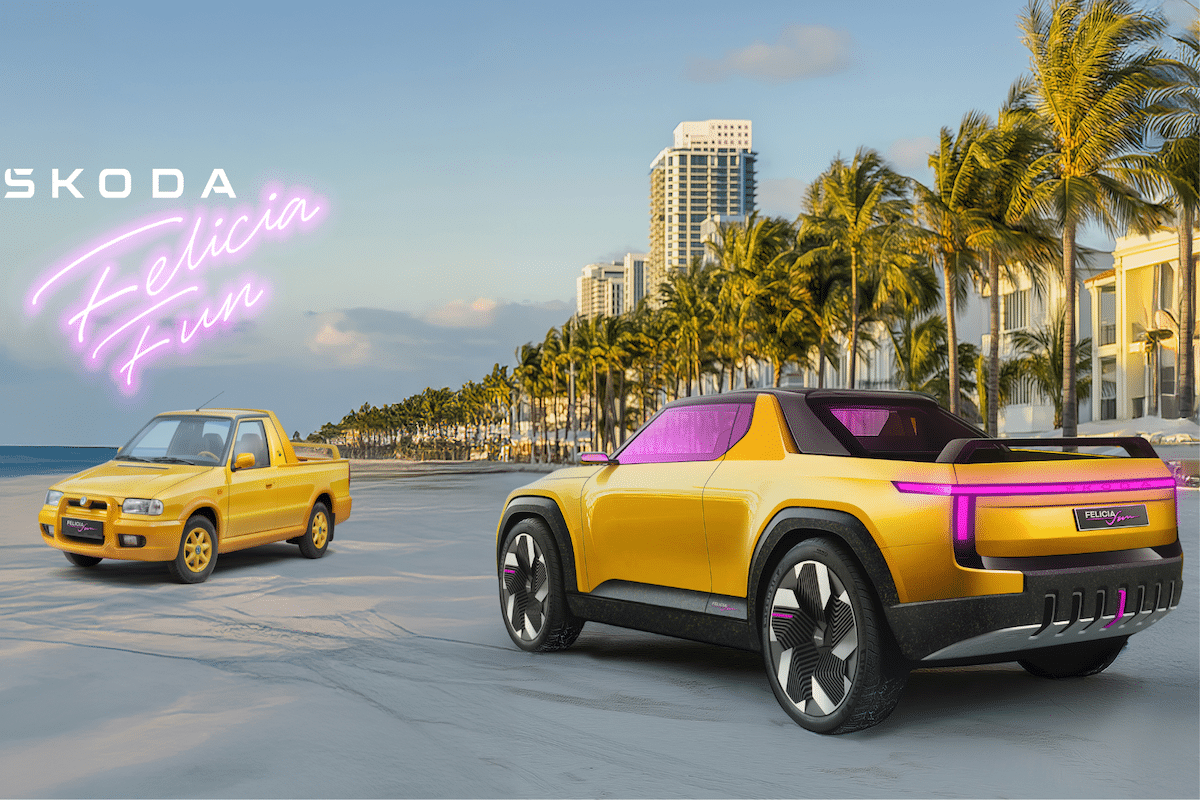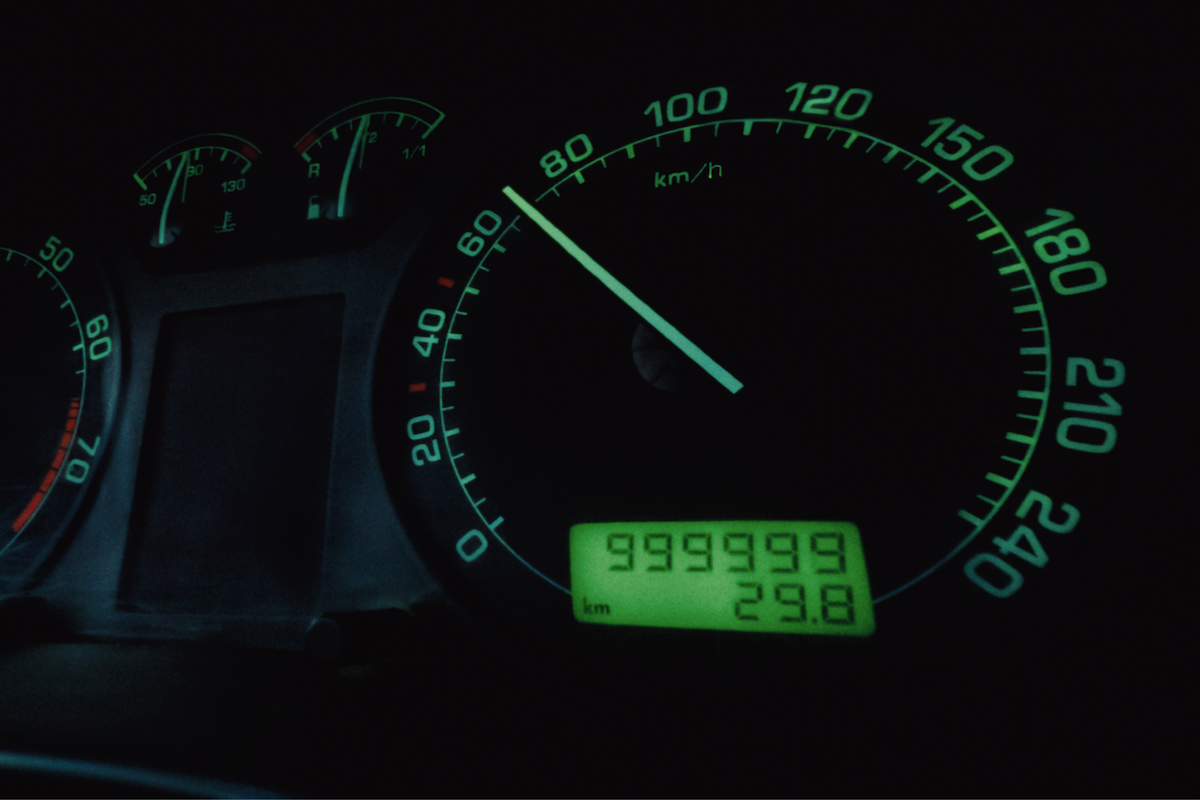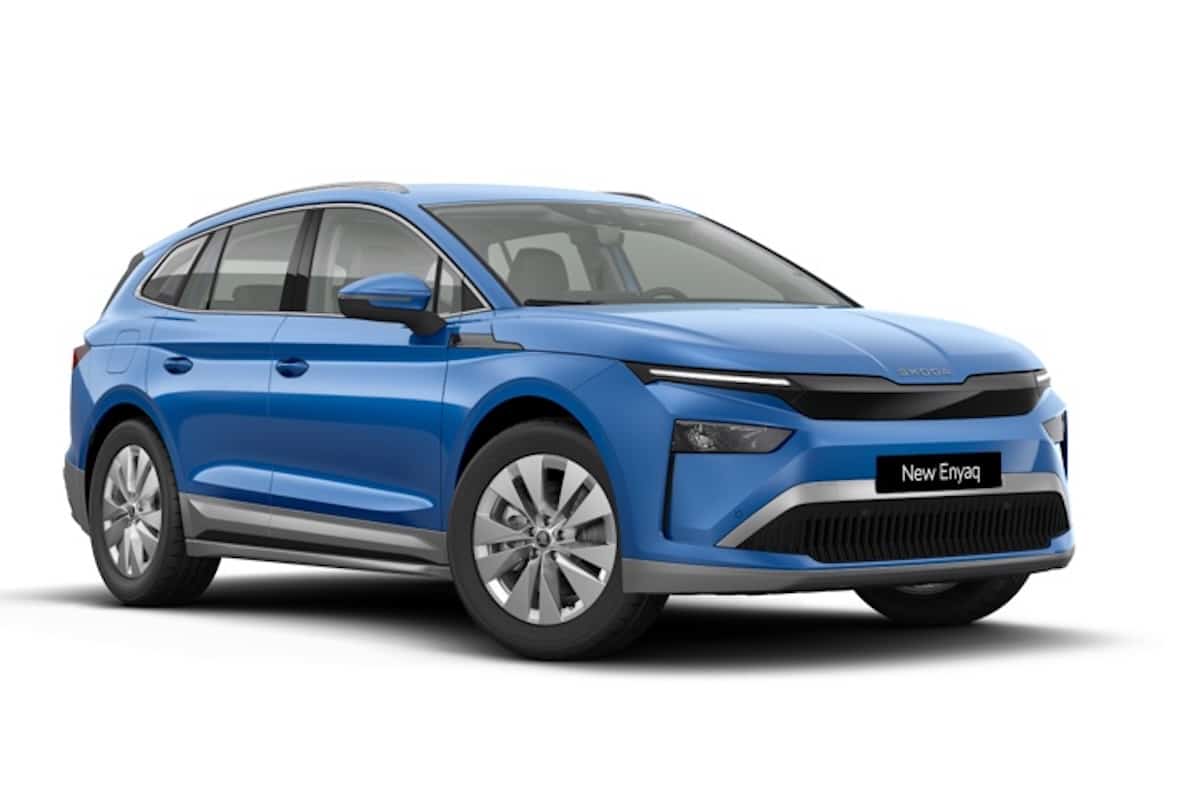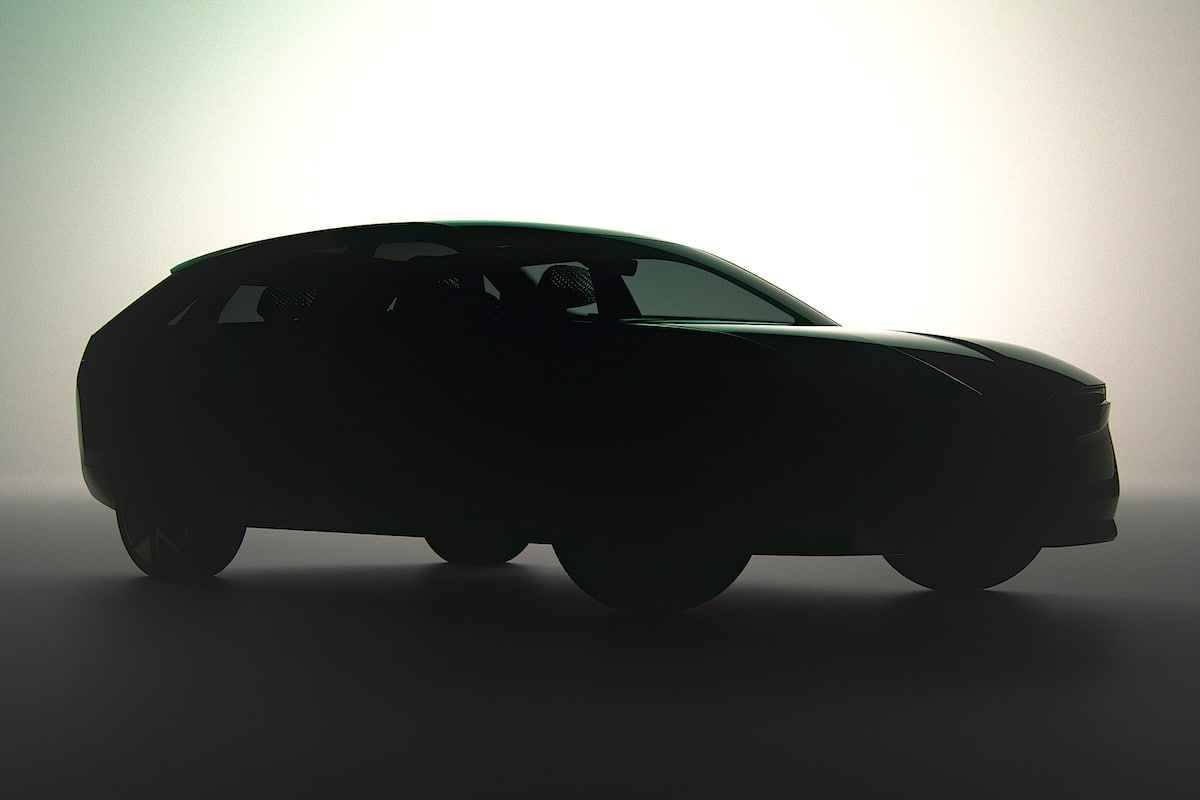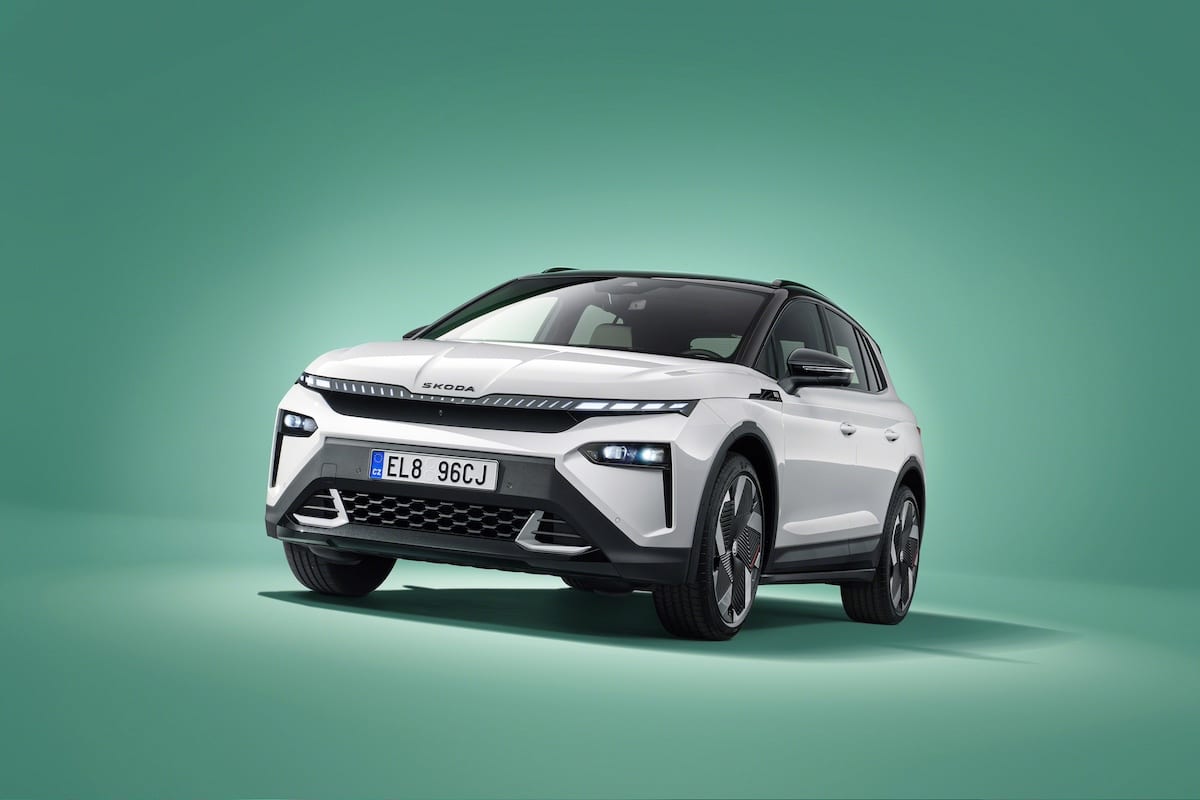Skoda
The origins of what became Škoda Auto date back to the early 1890s when, like many long-established car manufacturers, a company began producing bicycles. In 1894, Václav Klement, 26 years old, who was a bookseller in Mladá Boleslav, Bohemia (now the Czech Republic, then part of Austria-Hungary), could not obtain spare parts to repair his German bicycle.
Klement returned his bicycle to the manufacturers, Seidel and Naumann, with a letter, in Czech, asking them to make repairs, only to receive a response, in German, stating: “If you want an answer to your request, you must try to write in a language we understand.” Unsatisfied with the response and realizing the business potential, Klement, despite his lack of technical experience, decided to create a bicycle repair workshop, which he opened with Václav Laurin in 1895 in Mladá Boleslav. Before partnering with Klement, Laurin was an established bicycle manufacturer in the nearby town of Turnov.
In 1898, after moving into their newly built factory, the pair purchased a “Motocyclette” Werner. The first motorcycle of Laurin & Klement, powered by an engine mounted on the handlebars driving the front wheels, turned out to be dangerous and unreliable – an early accident cost Laurin a front tooth. To design a safer machine with a structure around the engine, the duo wrote to German ignition specialist Robert Bosch for advice on a different electromagnetic system. The couple’s new motorcycle made its debut in 1899.
In 1900, with a workforce of 32 people, local production began and 150 machines were shipped to London for the Hewtson company. Shortly after, the press recognized them as the manufacturers of the first motorcycle. The first model, the Voiturette A, was a success, and the company established itself both in Austria-Hungary and internationally. By 1905, the company was manufacturing automobiles, making it the second oldest car manufacturer in Czech lands after Tatra.
After World War I, the Laurin & Klement company began producing trucks, but in 1924, after encountering problems and being affected by a fire at its premises, the company sought a new partner.
Following a decline caused by the economic depression, Škoda introduced a new range of cars in the 1930s that differed significantly from its previous products. A new chassis design with a backbone tube and integral independent suspension was developed under the guidance of chief engineer Vladimír Matouš and modeled on the design first introduced by Hans Ledwinka at Tatra. Used for the first time on the Škoda 420 Standard model in 1933, it aimed to address the insufficient torsional rigidity of the ladder frame.
Brand Models: Skoda
After a decline caused by the economic depression, Škoda introduced a new range of cars in the 1930s that differed significantly from its previous products. A new chassis design with a backbone tube and integral independent suspension was developed under the guidance of chief engineer Vladimír Matouš and modeled on the design introduced for the first time by Hans Ledwinka at Tatra. Used for the first time on the Škoda 420 Standard model in 1933, it aimed to resolve the insufficient torsional rigidity of the ladder frame.
The new chassis design became the basis for the Popular (845-1,089 cm3), Rapid (1165–1766 cm3), Favorit (1802–2091 cm3), and Superb (2.5–4 l) models. While in 1933, Škoda held 14% of the Czechoslovak automotive market and ranked third behind Praga and Tatra, the new line made it a market leader in 1936, with a share of 39% in 1938.
When, in July 1945, the Mladá Boleslav plant was rebuilt, the production of the first Škoda car after World War II, the 1101 series, commenced. It was essentially an updated version of the pre-World War II Škoda Popular. By autumn 1945, Škoda (along with all other major manufacturers) became part of the communist planned economy, meaning it became separated from the parent company Škoda. Despite unfavorable political conditions and losing contact with technical development in non-communist countries, Škoda maintained a good reputation until the 1960s, producing models such as the Škoda 440 Spartak, 445 Octavia, Felicia, and Škoda 1000 MB.
By the end of 1959, the Škoda Felicia, a compact four-cylinder convertible coupe, was imported to the United States for the 1960 model year. Its retail price was around $2,700, for which one could buy a well-equipped domestic V8 car that was bigger, more comfortable, and had more luxury and convenience features (gasoline was selling for under 30 cents a gallon, so fuel economy was not a primary concern in America at the time). The Felicias that became American owners quickly encountered a number of reliability problems, further harming the car’s reputation. Thus, the Felicia was a poor seller in the United States, and the remaining cars ended up being hidden away at a fraction of the original retail selling price. Since then, Škoda cars have not been imported to the United States for retail sale.
By the end of the 1980s, Škoda (then known as Automobilové závody, národní podnik, Mladá Boleslav or AZNP) was still manufacturing cars that were conceptually dated from the 1960s. Rear-engine models such as the Škoda 105/120, Estelle, and Rapid were regularly sold and performed well against more modern brands in races such as the RAC Rally in the 1970s and 1980s. They won their class at the RAC rally for 17 consecutive years. They were powered by a 130-horsepower engine and 1289 cubic centimeters (78.7 cubic inches). Despite its outdated image and being the subject of negative jokes, Škoda remained a common sight on the roads of the UK and Western Europe throughout the 1970s and 1980s.
In 1987, the Favorit was introduced and was part of a triumvirate of compact front-wheel-drive sedans influenced by the West from the three main manufacturers of the Eastern bloc at that time, the others being the VAZ Lada Samara and Zastava Yugo Sana. The design of the Favorit was the work of the Italian design company Bertone. With licensed engine technology from Western Europe, but still using the 1289 cm3 engine designed by Škoda, Škoda’s engineers designed a car comparable to Western production. The technological gap was still there but began to close rapidly. The Favorit was very popular in Czechoslovakia and in other Eastern bloc countries. It also sold well in Western Europe, especially the UK and Denmark due to its low price and was considered solid and reliable. However, it was perceived as having low value compared to contemporary Western European designs. The trim levels of the Favorit were improved, and it continued to be sold until the introduction of the Felicia in 1994.
Skoda Electric Vehicles
At the 2010 Paris Motor Show in September 2010, the company unveiled the Octavia Green E Line. This electric car concept was the precursor to the fleet of electric vehicles that Škoda launched in 2012. The latest generation of Octavia (Tour) was produced at the Mladá Boleslav plant in November 2010. The global production of this model has exceeded 1.4 million units since its launch in 1996. In 2010, for the first time in history, China surpassed German sales to become Škoda’s largest individual market.
In 2012, Škoda launched a fleet of emission-free Octavia Green E Line electric cars on Czech roads for use by external partners. Since the internal tests on the fleet at the end of 2011, the e-fleet has traveled over 250,000 km. During the same year, Škoda celebrated several important milestones, including fourteen million Škoda cars produced since 1905 (January), three million Fabias (May), 500,000 Superbs at the Kvasiny plant (June), and five years of Škoda operations in China.
Today, the electrified Skoda range includes several hybrid models (Octavia, Octavia Combi, Superb, Superb Combi) and 100% electric models (Enyaq iV and Enyaq iV RS Coupe):
En 1895, Václav Klement et Václav Laurin ont fondé leur entreprise ici à Mladá Boleslav. Cela fait de ŠKODA l’une des marques automobiles les plus anciennes et les plus riches en traditions au monde. ŠKODA Muzeum fait revivre le passé dans un lieu authentique, à savoir les anciens halls de production, où les voitures étaient fabriquées jusqu’en 1928. Immédiatement adjacente, l’usine la plus grande et la plus moderne de l’entreprise perpétue cette histoire, produisant jour après jour de nouvelles ŠKODA.
Cependant, l’histoire est toujours en mouvement même dans le musée grâce à des expositions spéciales et à des séries d’événements et enfin et surtout à l’échange d’expositions qui apportent inspiration et variété tout au long de l’année.
L’usine Skoda a été créée en tant qu’usine de fabrication d’armes en 1859. Škoda Auto (et ses prédécesseurs) est l’une des cinq plus anciennes sociétés produisant des voitures et a une histoire ininterrompue aux côtés de Tatra, Daimler, Opel et Peugeot.
